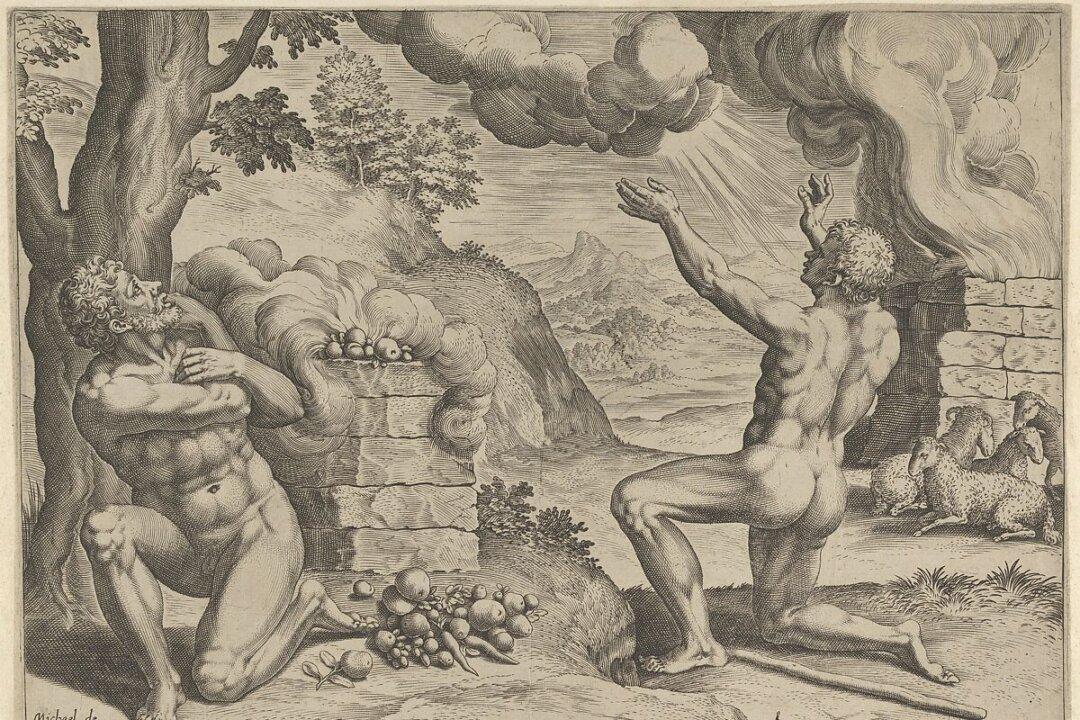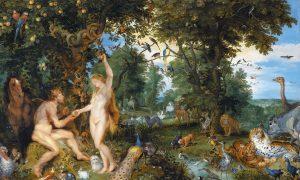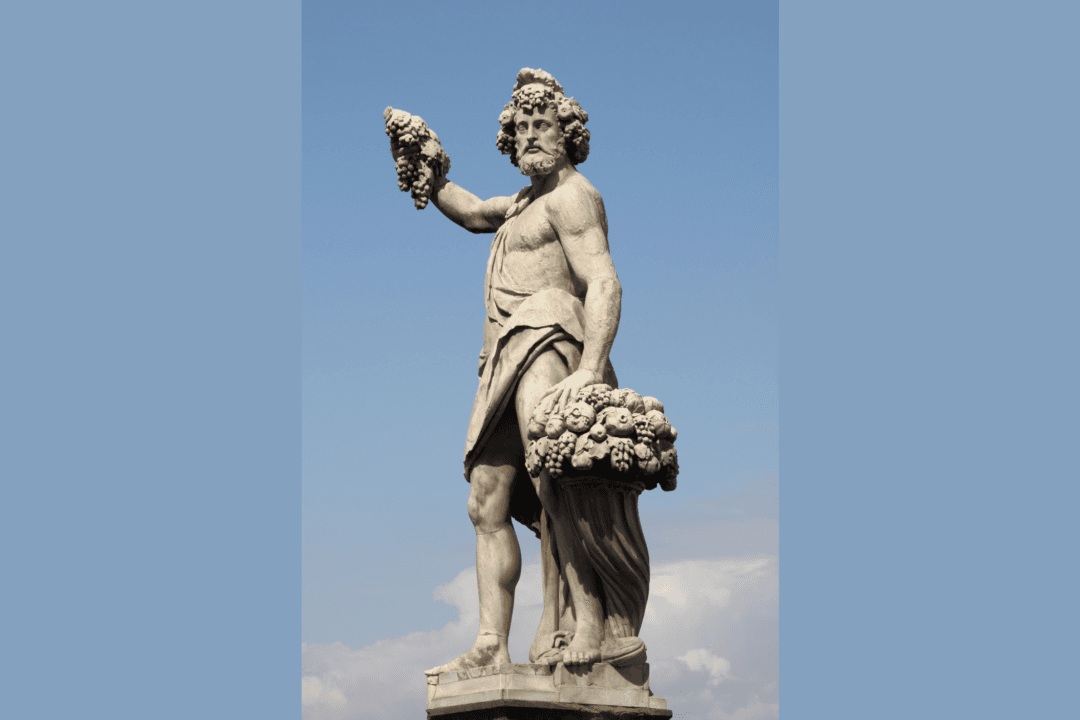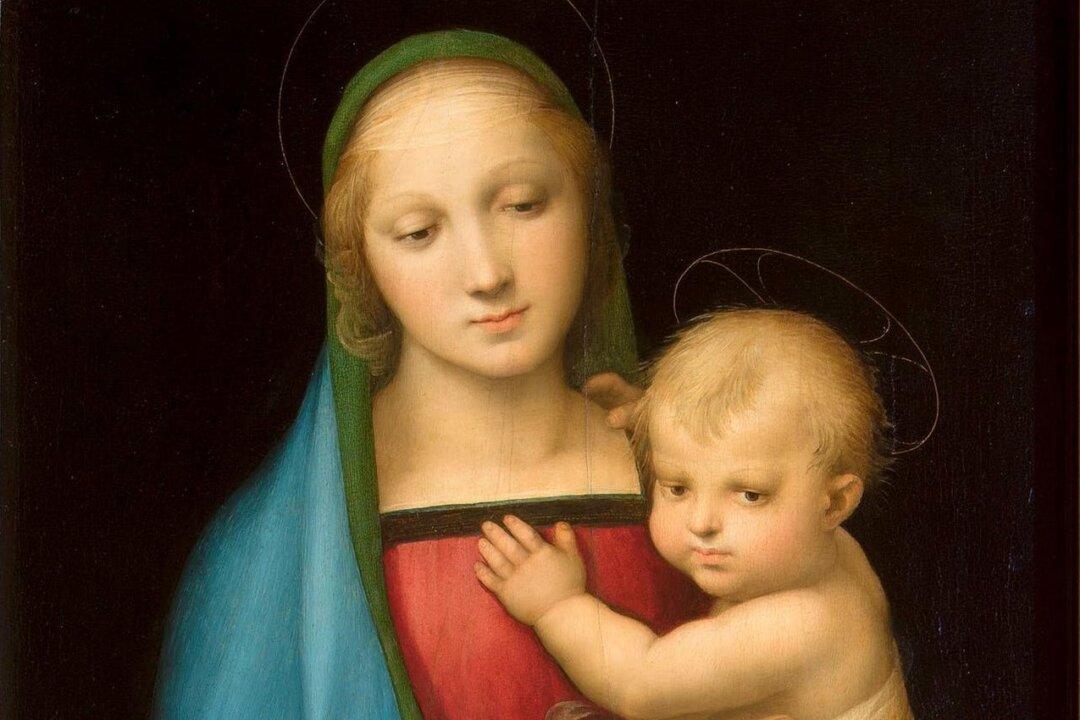Double the Curiosity
One reason lies in the perceived duality of human nature. Shakespeare, exploring twinship in several plays, captured this duality in “Hamlet”:“What a piece of work is a man! How noble in reason, how infinite in faculty! In form and moving, how express and admirable! In action, how like an angel, in apprehension, how like a god! The beauty of the world, the paragon of animals—and yet, to me, what is this quintessence of dust? Man delights not me.”
This duality—the tension between angelic potential and dusty frailty—draws us to twinship. It symbolizes opposing yet interwoven forces. Nowhere is this duality more evident than in the moral sphere, the realm of light and dark, right and wrong.
In ancient texts, light symbolizes wisdom and knowledge. Apollo, the Greek god of the Sun, represents light and prophecy—the ability to illuminate the darkness of the future. His twin, Artemis, goddess of the Moon, provides light that cuts through night’s darkness. Apollo, one of the most venerated Olympian gods, punished hubris wherever he found it, underscoring the moral dimension of light as truth and justice.
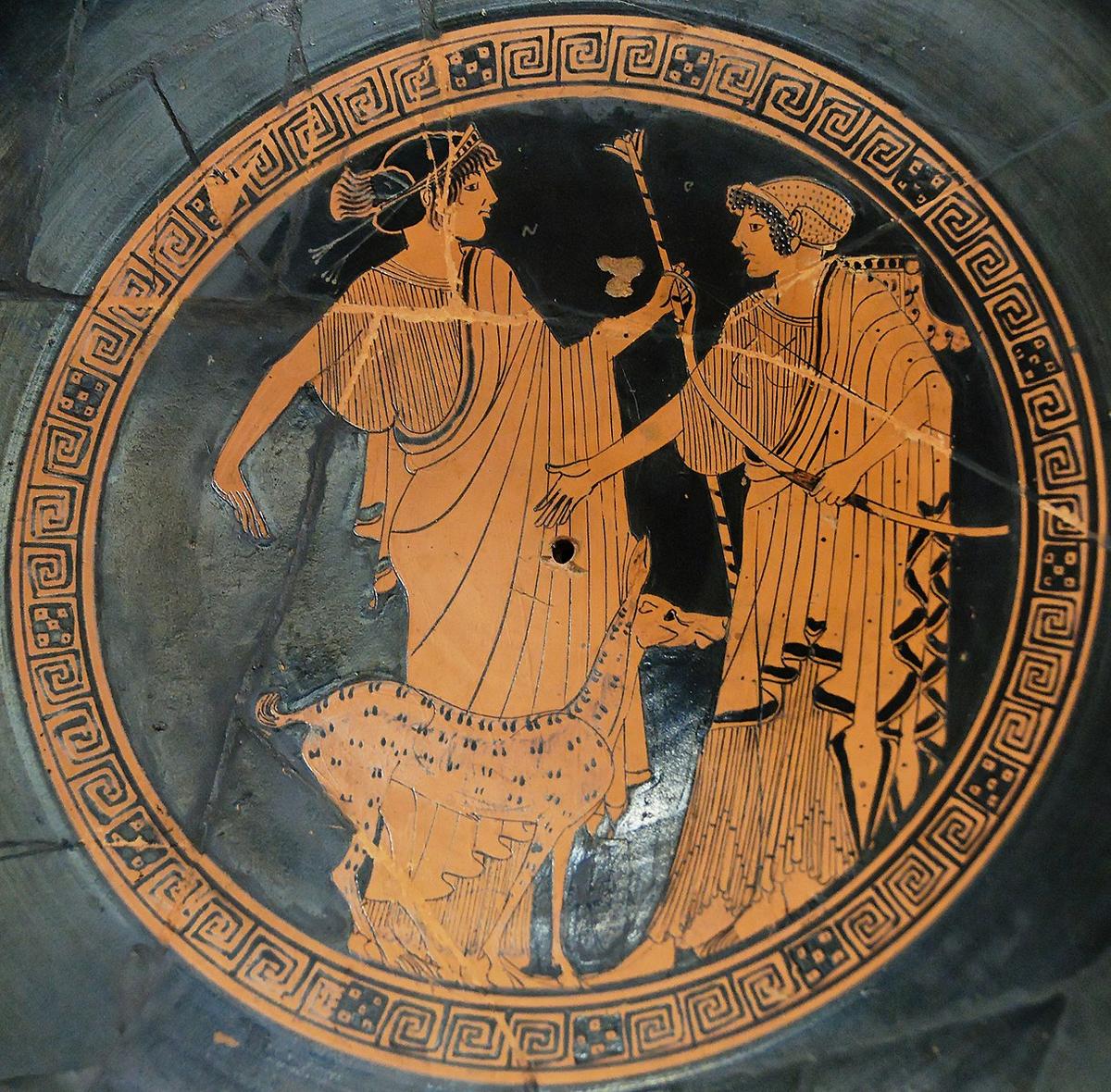
A Look at Ancient Twins
Among our examples of twins, Castor and Pollux exemplify a loving, harmonious bond. Castor, mortal, and Pollux, immortal, were non-identical twins. When Castor was killed in a conflict, Pollux, overcome with grief, pleaded with Zeus to reunite them. Zeus offered a compromise: The brothers would alternate between Olympus and the Underworld, sharing Pollux’s immortality. Their eternal bond was immortalized as the constellation Gemini. This myth underscores duality—the body (Castor) as mortal and the soul (Pollux) as immortal. Their reunion hints at resurrection or transcendence.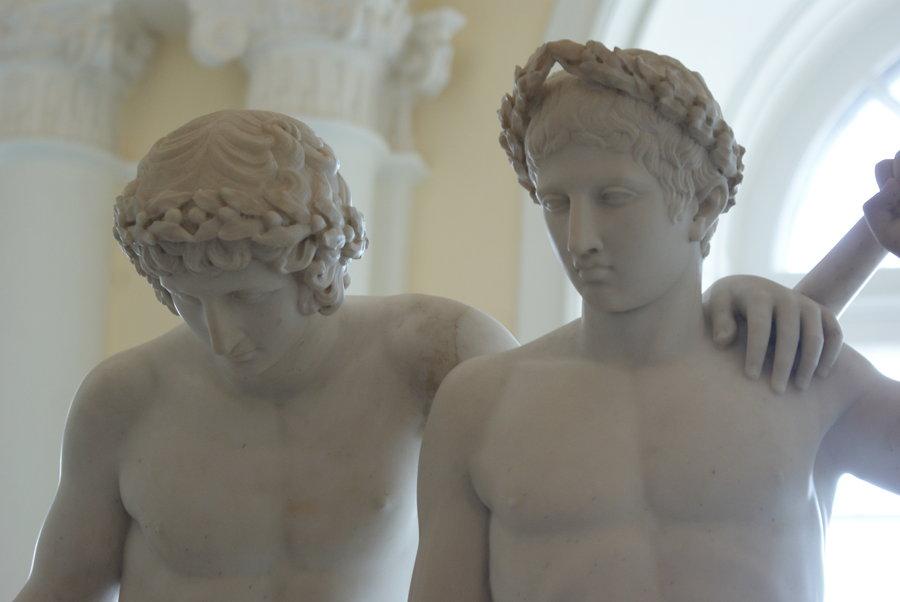
Romulus and Remus present a stark contrast. Overcoming adversity together (they were suckled by a wolf), they later quarrel over the founding of Rome. Romulus kills Remus, committing fratricide. Unlike Castor and Pollux, they represent irreconcilable divisions. Rome, named after Romulus, becomes a symbol of enduring civilization, but its foundation is stained with blood. This permanent rupture contrasts sharply with Castor and Pollux’s reconciliation.
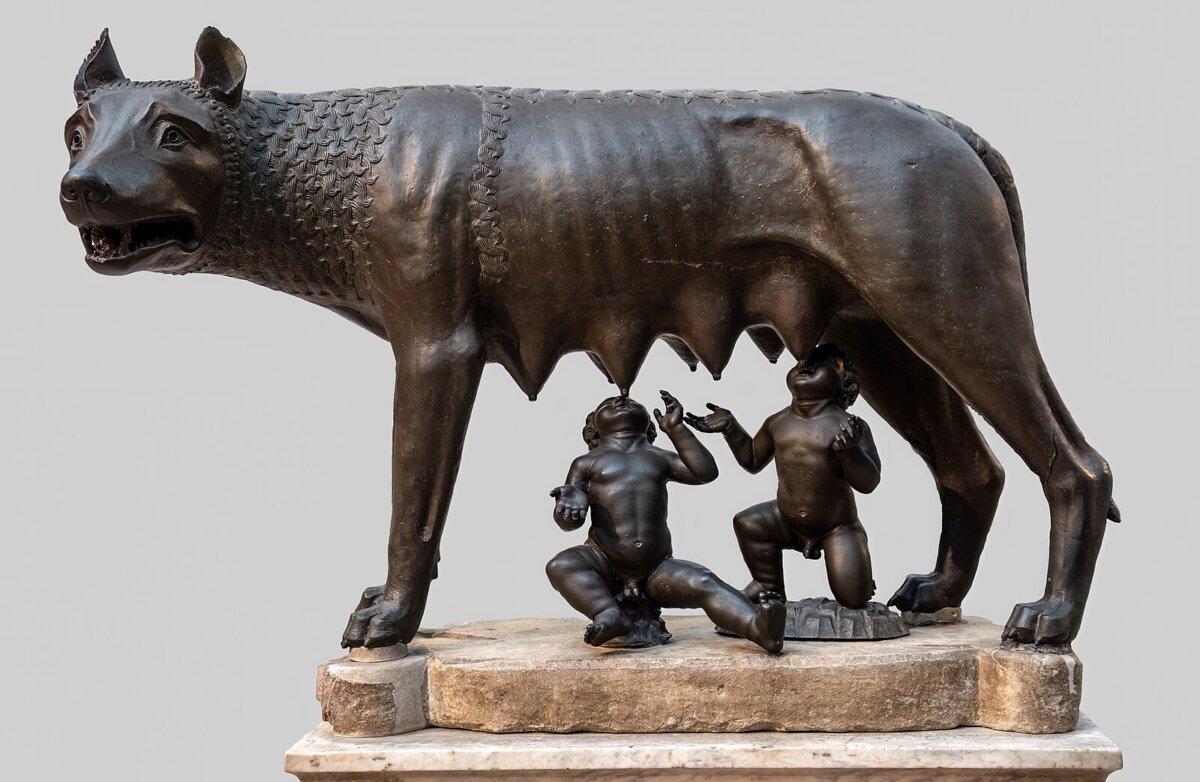
Similarly, Cain and Abel embody opposing forces. Abel, unlike Remus, remains significant in religious and cultural memory. Christ references Abel, and he appears in the Epistles too. Artists and writers, including Michelangelo, Rubens, Lord Byron, and Gustave Doré immortalized Abel. In Hebrews 11, Abel “though dead, still speaks,” symbolizing innocence and righteousness.
Abel’s death is notable for another reason. It marks the first recorded funeral in human history. Louis-Ernest Barrias’s depictions of this event in his sculpture, “The First Funeral” highlight its gravity. Abel is the first person to die, the first victim of murder, and the first to experience fratricide. His parents, Adam and Eve, mourn their son in what can be seen as humanity’s earliest confrontation with mortality—a funeral—and the consequence of sin.
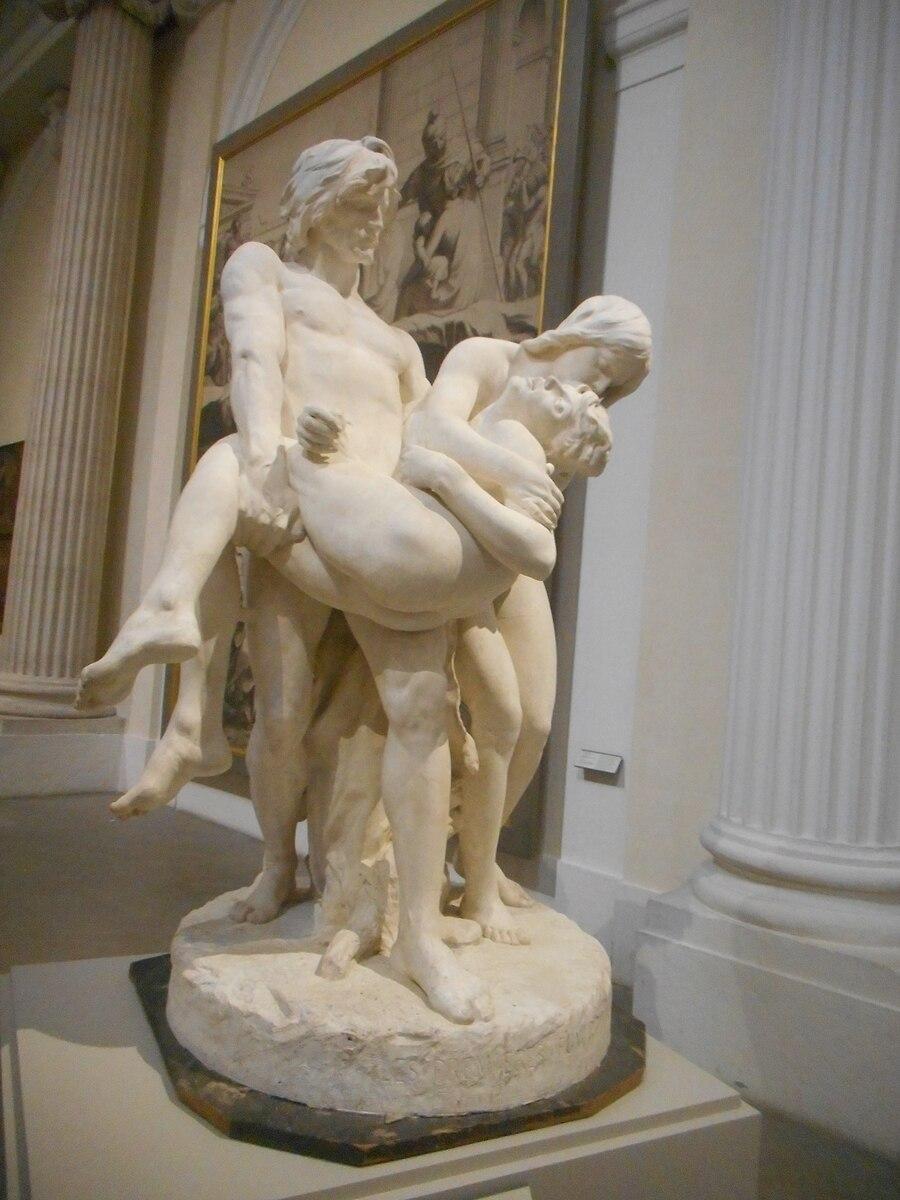
This funeral points to a rupture within the human spirit: born for immortality but now destined to die. There are two sides to our nature. Cain sinned before he murdered his twin, and God warned him of the peril he was in. But what was the sin “crouching at the door”? It was his sacrifice that was rejected by God. Why? God covered Adam and Eve after the Fall with animal skins: that is to say, sacrifice involved death of the animals and the “shedding of blood.”
Cain, like Romulus, became a city-builder, a progenitor of civilization. Civilization often arises from bloodshed and injustice. The Bible doesn’t detail Cain’s end, but the ancient Jewish apocryphal “Book of Jubilees” offers a fitting moral resolution: Cain, having killed Abel with a stone, dies when the house of stone, which he himself had constructed, collapses on him. This poetic justice reflects the concept of “contrapasso” (as in Dante), where punishment mirrors the sin.
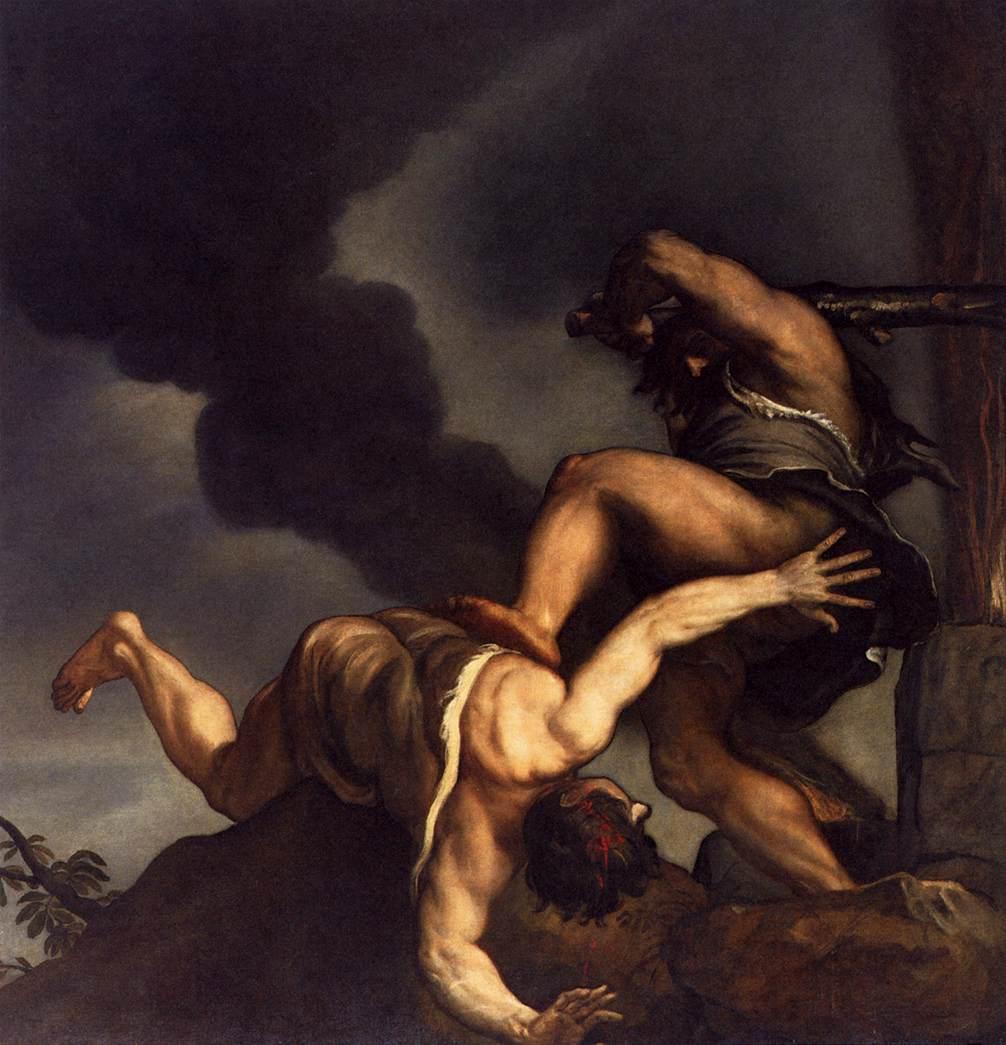
Twins captivate us because they mirror our inner duality. Castor and Pollux offer hope through unity and transcendence; but Romulus and Remus, and Cain and Abel, remind us of division and its consequences. These stories resonate because they encapsulate the human condition—our potential for love, sacrifice, and reconciliation, as well as our propensity for pride, denial, and violence. By reflecting on these narratives, we glimpse truths about ourselves and the world. Perhaps this is why, as Abel’s legacy suggests, even in death, these archetypes continue to speak.

